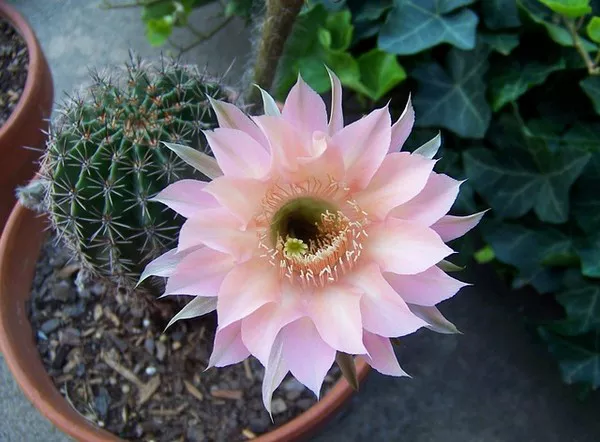Transplanting succulents is an essential skill for succulent enthusiasts to ensure the continued health and growth of these captivating plants. Whether you are looking to repot an overgrown succulent or simply want to refresh its growing environment, knowing how to transplant succulents properly is vital. In this step-by-step guide, we will walk you through the process of transplanting succulents, including the best time to transplant, selecting the right container and soil, the transplanting procedure, and essential aftercare tips for successful transfers.
Best Time to Transplant Succulents:
The best time to transplant succulents is during their active growing season, which typically occurs in spring and early summer. Transplanting during this period allows the succulent to recover and establish its roots before the onset of dormancy in the fall and winter.
Avoid transplanting succulents during the dormant period, as they are more susceptible to root damage and stress during this time. If you need to transplant during dormancy, exercise extra caution and avoid disturbing the roots unnecessarily.
Choosing the Right Container and Soil:
A. Container:
Select a new pot or container that is slightly larger than the current one. Ensure the new container has drainage holes to prevent overwatering and root rot. Terracotta or ceramic pots are excellent choices, as they provide good airflow and allow excess moisture to evaporate.
B. Soil:
Use a well-draining succulent or cactus potting mix for transplanting. Avoid using regular garden soil, as it retains too much moisture, which can lead to root rot. Alternatively, you can create your own well-draining mix by combining potting soil, perlite, and coarse sand.
The Transplanting Process:
A. Prepare the Succulent: Water the succulent a day or two before transplanting to ensure it is well-hydrated but not soggy. This helps ease the removal of the plant from its current pot and reduces stress during the process.
B. Gently Remove the Succulent: Carefully turn the pot upside down and tap the bottom to loosen the soil. Hold the succulent at the base and gently wiggle it out of the pot. If the plant is stubborn, you can use a clean, thin stick or chopstick to loosen the roots from the edges of the pot.
C. Inspect the Roots: Once the succulent is removed, inspect the roots for any signs of damage, rot, or pests. Trim away any dead or unhealthy roots using clean and sharp scissors or pruning shears.
D. Position in the New Pot: Place a layer of fresh succulent potting mix at the bottom of the new container. Position the succulent in the center of the pot and add more soil around it, gently pressing down to secure the plant.
E. Allow for Root Growth: Leave some space between the soil surface and the top of the pot to allow for new root growth and to prevent water from spilling over during watering.
Aftercare Tips for Transplanted Succulents:
A. Watering: After transplanting, refrain from watering the succulent for a few days to give the roots time to recover and avoid overwatering. Once the plant is settled, resume a regular watering schedule, ensuring the soil dries out completely between waterings.
B. Sunlight: Place the newly transplanted succulent in a location with bright, indirect light for the first few days. Gradually introduce it to direct sunlight to prevent sunburn and acclimate it to its new environment.
C. Avoid Disturbing the Roots: After transplanting, avoid disturbing the roots unnecessarily, as this can cause stress and slow down the recovery process.
Conclusion:
Transplanting succulents is a rewarding process that ensures the continued health and vitality of these resilient plants. By following the step-by-step guide for transplanting succulents during their active growing season, choosing the right container and well-draining soil, and providing proper aftercare, you can facilitate a successful transfer and watch your succulents thrive in their new environment. Remember to be patient and give your transplanted succulents the time they need to settle and establish strong roots, rewarding you with their vibrant and captivating presence for years to come.


